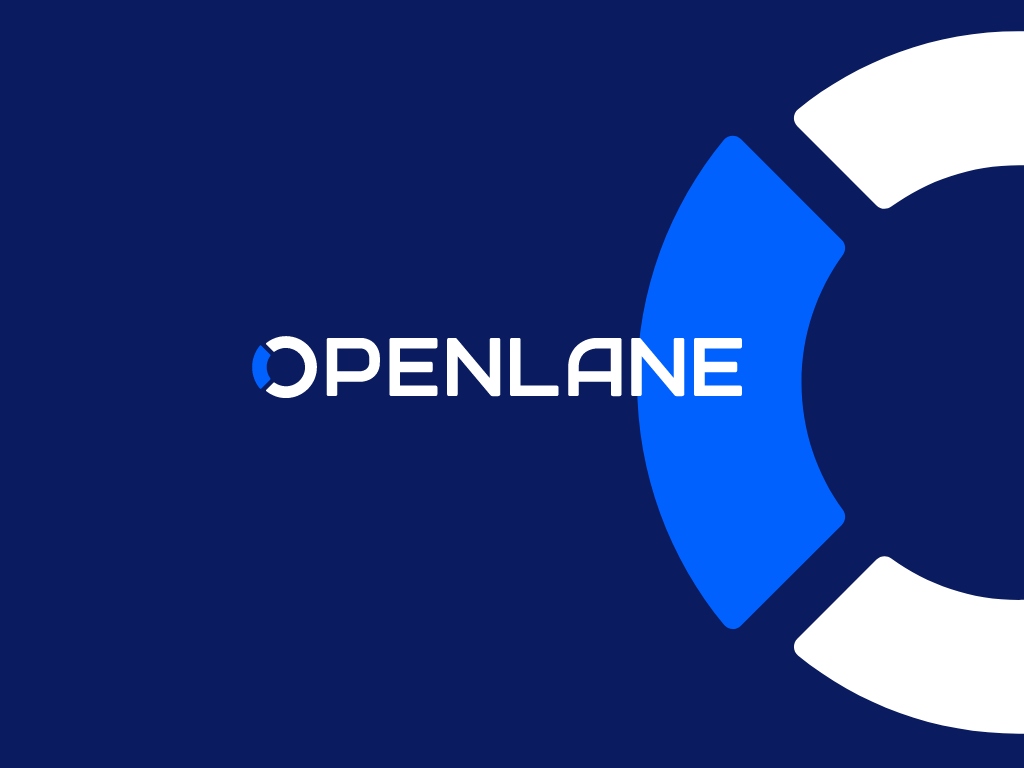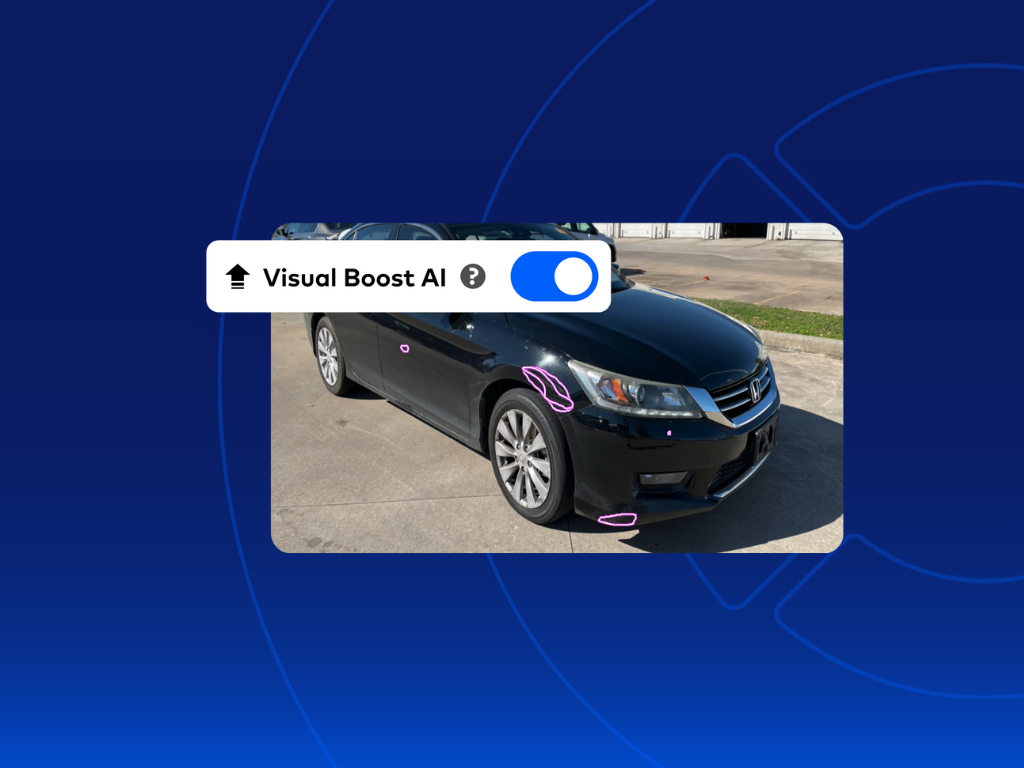Driving More Efficient, Compliant Repos
Between 2008 and the present, the asset recovery or repossession industry has seen fees shrink and costs rise. In response, vendors have adapted to a more data- and technology-focused strategy to find efficiencies whenever possible and increase recovery rates.
Rising Recovery Costs
The standard costs for a recovery vendor have increased dramatically. Fuel costs are an obvious example, as well as the prices of the actual repo trucks. Auto liability insurance costs rose 100–150% in 2017, according to the Auto Transportation Insurance Group. We’ve also seen a reduction in the number of carriers providing this coverage, and the lack of competition in this space likely contributes to the rising costs.
Compliance costs have increased at both transactional (per assignment) and overall levels.
Each assignment has more requirements than previously:
- The standard number of required photos has gone from four to eight.
- Photos of each individual piece of personal property and an inventory list of it are also now required, as well as photos of the key(s).
- Condition reports are more detailed and sophisticated.
- Additional forms to complete include release docs and key acknowledgements
The time required to complete many items is much faster, and all of these requirements have to be completed by staff, which is costly.
Overall compliance costs are also rising:
- Companies must invest in robust data security programs to protect customers’ data and comply with compliance and consumer laws.
- Physical security, including office security, dash cams and body cams, must be addressed.
- Audits from forwarders and lenders have increased in scope.
- Compliance programs such as PAR’s Platinum Compliance require more extensive documentation, policies and procedures.
- Vendors may need to obtain multiple certifications, as each lender requires one of several possible training programs.
Shrinking Fees and Less Time for Each Case
Not only have costs risen, but the standard involuntary repo fee paid to a recovery vendor has been slashed. Additional profit centers (such as keys and property storage) have been removed. These pressures have caused the number of repossession vendors in the U.S. to decline 3.1% in the past five years.
Typically, vendors receive
- 100 assignments per day
- 2.05 addresses per assignment
- 4,510 addresses per month
With the number of repossessions increasing and the number of vendors decreasing, vendors are reaching capacity and can’t keep up with the demand for repossession. They aren’t able to run the accounts as frequently as before — now they may run a given address twice in the first 48 hours, but then they move on and focus on other new assignments.
Duplicate VINs Mean Lower Recovery Rates
In 2010, lenders shifted their strategy for assignment placements. Rather than assign a recovery to a forwarder and allow that forwarder to manage the reassignment process with its vendor network, lenders now transfer the assignment from one forwarder to another every 14–30 days. If the vehicle is not secured, these assignments can rotate through all forwarders and back around again. One vendor might receive the same account five or six times over six months.
If each assignment is considered a new account, then receiving the same assignment multiple times elevates the total number of assignments, but the vehicle is recovered only once — if at all. This negatively skews the recovery rate and drastically decreases the efficiency of the vendor.
The Solutions
Recovery vendors who incorporate data and technology into their strategy are more efficient and have higher recovery rates.
Vendors must invest in several standard technologies to remain competitive and profitable. These include routing software like Clearplan and camera technology for License Plate Recognition. Smart vendors also apply a combination of data and strategy to assignment decisioning and prioritization.
Routing Software
Vendors use routing software to help devise the most efficient routes to drive to secure vehicles. Clearplan is one example of this kind of program. These systems manage the individual drivers by geo-stamping when the driver drives by an address. The old standard for updates — a typed note that the driver checked an address — take several seconds to type and can be easily copied. Geo-stamping technology provides proof to lenders that the vendor ran the address and is more efficient for the drivers.
License Plate Recognition
License Plate Recognition (LPR) technology is a process by which vendors have cameras attached to their vehicles that scan and store license plates. If a unit is out for repossession and the license plate is scanned, the vendor is notified. Once they verify with the lienholder or forwarder that the unit is okay to secure, they can repossess the vehicle. They also use historical scan information to validate whether a unit is still on the road, still in their city and, even more specifically, where it has been scanned over time.
Vendors also use LPR data for assignment decisioning and prioritizing work, especially in large metropolitan markets.
Vendor Assignment Strategy
When vendors receive an assignment, they check several data points available in their database or in a third-party system. Have they run the assignment before? If so, which addresses did they already invalidate? Did they recover it? If so, where? Are any new addresses available? Do they have LPR historical data that verifies the vehicle is located in their area?
Once the vendor decides to accept the assignment, they use all available data to route it. They may not run any of the given addresses, if they have LPR historical data on the account that shows where the vehicle has previously been located.
Vendors now send out only fuel-efficient spotter cars to run the addresses and call for a tow truck immediately if they spot the vehicle. Along the way, they scan additional plates to build their database for the next assignment.
Conclusion
Rising costs, decreasing revenues, shifts in vendor assignment processes and duplicate VINs with fees only on recovery means the burden is solely on the vendor. Vendors must be more strategic and utilize every bit of data they can to become efficient. Now, recovery vendors use historical data, repo routing software and License Plate Recognition data to decide which assignments to accept, as well as which to prioritize. Using all available data for assignment decisioning increases efficiency, reduces costs and increases recoveries.



